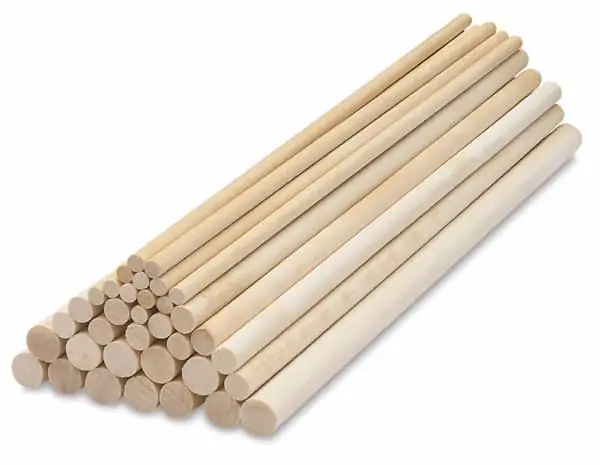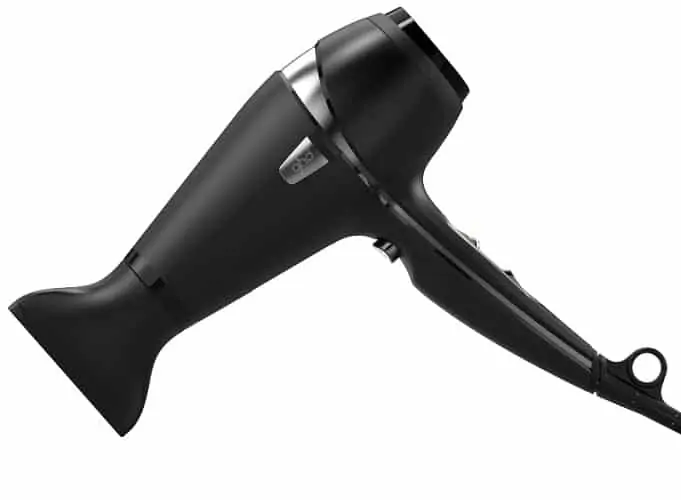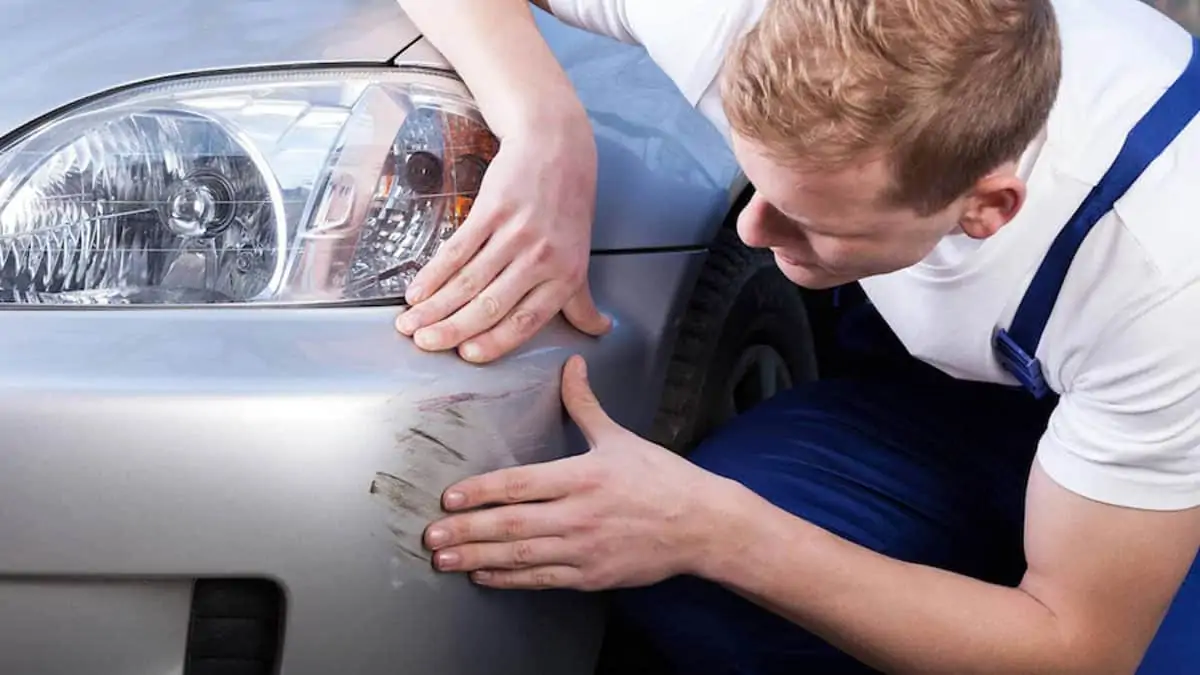There are only two kinds of car owners: those who have had a dent in their vehicles and those who will inevitably be repairing dents on cars they own.
Dents occur easily when a careless shopper bumps a solid cart into your car in a parking lot or even if a driver or passenger opens the door too fast. Even if it is a minor accident, most car owners want to repair the issue.
Below, will we provide everything there is to know about repairing dents on cars without the drama.
When To Consider DIY Dent Removal For Your Car
Car owners can remove many types of dents at home, which might save some money on vehicle repairs. However, some dents do not respond well, especially where there is.
- damaged paint
- sharp indents
- cracks on the panel
If you notice any of the above issues, do not attempt to fix the dent; it will only cause more damage. Instead, contact a local body shop for professional assistance. It is also best to seek professional help for dents in aluminum panels
It is a tricky material for correcting dents without the right equipment.
How To Fix A Small Dent
Plunger Suction Strategy
Before we cover the seven easiest ways to address a dent in your vehicle, you may be wondering how to fix a small dent quickly.
The plunger suction method is the most intuitive, and it works extremely well for a minor dent on the side panel or door. Surprisingly, a toilet plunger is all you need to try the plunger suction strategy.
First, select a cup plunger (a flange plumber will not create the right kind of suction). Remove small dents by.
- Wetting the plunger
- Splashing water around the dent on your car
- Placing the plunger flush with the vehicle
- Plunging to activate the suction effect a few times
This method may pop the dent right out of the vehicle’s bodywork, but it is important to limit the force. Pushing too hard with this dent repair method could cause additional damage, which is why we only recommend trying this method for minor dents.
7 Ways To Get A Dent Out Of A Car
If the dent is slightly larger or deeper than anticipated, car owners have seven good options to try at home.
1. Repairing Dents On Cars With Boiling Water
We have come up with some novel methods for repairing dents on cars. For example, the boiling water method works well if you have a dent in the bumper. Note: this method only works for a plastic bumper.
Boiling Water Technique (Plastic Bumpers)
- Removing the bumper
- Pouring boiling water over the dent
- Immediately pushing the dent out from the inside of the bumper
We recommend that you wax the area after this method.
2. Pull A Dent Out Of A Car With Engineering

You can pull a dent out of a car with the following supplies and careful engineering techniques
Engineering Technique: Dowels
- Use hot glue and attach a couple dowels to the dent (one dowel for each hand).
- Wait for the glue to dry (it may take a while).
- Then, all you need to do is find a good grip on the dowels and pull until the dent pops out.
This method helps car owners avoid damaging the car’s paint but does require some specialized cleaners to get the glue off after the procedure.
3. How To Remove Dent On Metal Car With Hairdryer

Removing or repairing dents on cars with plastic bodies is often easier than for metal vehicles, but there are several options for having these dents removed. One of the best ways involves a hairdryer; it expands the metal using heat.
Hairdryer Technique (Metal Surfaces)
Before you try this method, grab a hairdryer and a bucket full of cold water. Then, proceed as follows.
- Aim the hairdryer at the damaged part of the vehicle and use maximum heat
- Maintain the heat for fifteen minutes
- Turn off the heat and immediately pour cold water over the metal
It is important to note that vehicle owners may need to repeat the process two or three times to see results. Repeatedly heating and cooling the metal encourages it to return to its previous state, and it is unnecessary to manually manipulate the dent with this method.
The hairdryer method works best for repairing dents on cars where there is only minor damage or where it is not easy to reach the dent with a plunger or another tool.
Again, be sure to avoid touching the heated metal; it becomes extremely hot during the repair process.
Alternatives to a Hairdryer
Running a hairdryer for long periods like this may cause it to malfunction, and, given enough time, there is also a risk of the heat damaging the paintwork.
If you do not have a hairdryer or do not want to risk the technique, an excellent alternative is to consider using a heat gun or a lighter to warm up the area around the dent.
Understandably, holding a lighter in place long enough to warm the material is challenging. So, working with a hairdryer presents a much easier option.
4. Fix A Dent With Dry Ice
One of the easiest options to fix a dent is to use dry ice. It takes very little effort and may even remove a dent after only a few moments. You will need gloves before attempting this method for repairing dents on cars since dry ice can do damage to the skin if you handle it incorrectly.
Dry Ice Technique (with Heat Combination Option)
The method is simple: rub the dry ice over the dent. In many cases, the dent will pop out on its own due to the rapid temperature change in the material. If not, consider blending this method with the hairdryer strategy above.
Heat the area around the dent and immediately apply dry ice for a sudden change in temperature. Be careful not to touch the heated area with bare hands while rubbing on the dry ice.
Alternatives to Dry Ice
If you cannot get hold of dry ice, there are several substitutes. Many places do not sell this product, making it difficult to purchase on short notice, but it is possible to cool your vehicle in other ways.
For example, consider using a can of compressed air instead of dry ice or regular ice or ice packs.
5. Use A Specialty Tool Kit With A Dent Puller
Some suppliers make special tool kits designed to remove a dent from any vehicle, and the kits function in different ways. It is wise to read the directions thoroughly before attempting to use these products, as many kits only work with specific kinds of dents and techniques. Research the product well before ordering a dent puller and match it to your needs.
6. Consider Banging The Dent Out With A Hammer
Generally, it is a good idea to avoid causing extra damage to the car than necessary; turning to a hammer should be a last resort. Hammers do not work as well for plastic car parts, but banging against a metal bumper usually gets a dent out eventually. We recommend gathering a towel, spanner, and screwdriver before trying this method for repairing dents on cars.
Hammer Technique (Metal Bodywork)
Use the tools to remove the damaged section of the vehicle if possible, then place the towel over the head of the hammer (hopefully, to minimize the damage to the vehicle). Do not slam the hammer into the dent; instead, tap it repeatedly until it pops out.
We strictly recommend this method on a dent that you cannot remove in any other way. It works reasonably well for large dents and on panels. However, there is a high chance of causing worse damage to the body panels or accidentally hitting yourself while using the hammer, so work as carefully as possible.
7. Repairing Dents With A Vacuum Cleaner
The final method returns to the idea of suction because this technique is extremely effective for repairing dents on cars at home. The challenge lies in generating enough suction power to release the dent, but most car owners find the perfect solution in a humble vacuum cleaner.
These machines generate plenty of suction that comes in handy when trying to repair a dent, but you will need to take precautions to get it right.
Vacuum Cleaner Technique (Suction)
Firstly, do not directly apply the vacuum cleaner hose to the vehicle. Instead, use a bucket or a pot that you do not mind sacrificing for the effort. Create a small hole in the bottom of the pot or bucket and place the container over the dent (it should completely cover the dent).
- Use tape to affix the bucket to the side of your vehicle. Cover the edges of the bucket well so that it can generate sufficient suction.
- With the bucket in place, put the vacuum cleaner hose against the hole you made in the bucket and turn it on.
The suction produced by the vacuum cleaner should pull the dent out of your vehicle. However, it does tend to work better for a larger dent; shallow dents do not always respond without more specialized equipment.
More Top Tips To Get A Dent Out Of A Car Successfully
One More Technique: Repair the Dent By Approaching It from All Sides
Dents often knock in a specific part of the vehicle’s bodywork while causing a swell effect around the edges of this damaged area. Fully addressing the issue requires applying pressure to both the top and the bottom part of the dent. You may also have to approach certain dents from the inside of bodywork.
Using a metal rod and a knockdown tool in this situation is helpful. Knockdown tools are specialized devices that manufacturers usually make out of rubber or wood. You may also work with another person to make this method of repairing dents on cars slightly less labor-intensive.
- One person should push against the back portion of the dent with the metal rod.
- The other person can then gently tap or press on the top of the dent using the knockdown tool.
It takes time to complete correctly, but it is effective for removing dents from a vehicle without risking further damage to the paint or bodywork.
Take Your Vehicle to a Body Shop for Dent Removal
Countless car owners try dent removal at home to no avail, and visiting a garage or body shop does not need to break the bank. The potential for extra vehicle damage certainly makes professional assistance more of a necessity for severe dents.
Why not assess the severity of the dent, weigh your available tools, and then decide whether your experience or inexperience with dent removal is worth risking more expensive damage?
Would professionals do a better job handling the dent? Set up an appointment for dent removal; the affordability of these services might surprise you.
Repair shops see to dents in a matter of moments with specialized tools and years of experience; no home remedy can beat that efficiency.
Conclusion
Our seven methods above have their limitations, but what’s the harm in testing your skill? Successfully repairing dents on a vehicle takes elbow grease, effort, and a little creativity in many cases.
You also have the option to turn to professionals if you feel overwhelmed at any point in the dent removal process.
Before you contact a repair shop, look through your supplies and see whether simple temperature changes or a plunger works on the dent. One method may just return your car to perfect condition.

Garry is the happy owner of a funky 2018 Nissan Juke Ti-S AWD. After growing up around his family’s mechanics shop, he is passionate about bringing budget-friendly car care to every driver. Garry has a business degree and is a car enthusiast.

